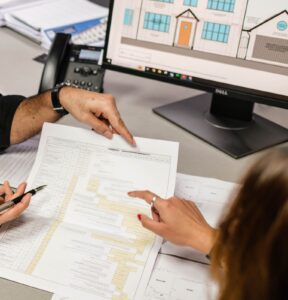Taking on a home renovation project can be an exciting yet daunting journey, especially when it comes to understanding the various costs involved. We want to help you understand ‘how much it will cost’ and ‘what costs are associated’ with taking on a domestic construction project. These are all the things homeowners need to consider before diving into their projects:
Pre-Construction and Non-Construction Costs
Pre-construction costs take the spotlight initially. These expenses primarily revolve around architectural and structural engineering consultant fees. Before any hammers start swinging or walls come down, homeowners must engage with professionals to draft plans and obtain necessary approvals. This stage lays the groundwork for the entire project and is crucial for ensuring a smooth renovation process. Other things in this crucial phase include things like drainage surveys and party wall matters, appointment of building control inspectors, as well as a category of works known as “enabling works” which may entail invasive surveys and processes like percolation tests or trial pits.


Main Construction Costs
Once the pre-construction phase is complete, attention shifts to main construction costs. These expenses encompass everything related to the building’s structure – often referred to as the envelope or fabric of the building. This includes materials and labour for structural changes, such as extensions, reconfiguration of the existing walls and floors, staircases, the conversion of non-habitable spaces into habitable spaces, and anything that involves the roof. Your external windows and doors come in this category too. Think of it as the backbone of your renovation project – this stuff needs to be done right or the building itself will begin to fail over time. This is the part of the project that is focused on when talking about costs, often at the expense of consideration of the broader overall project costs which this blog is attempting to shine a light on.
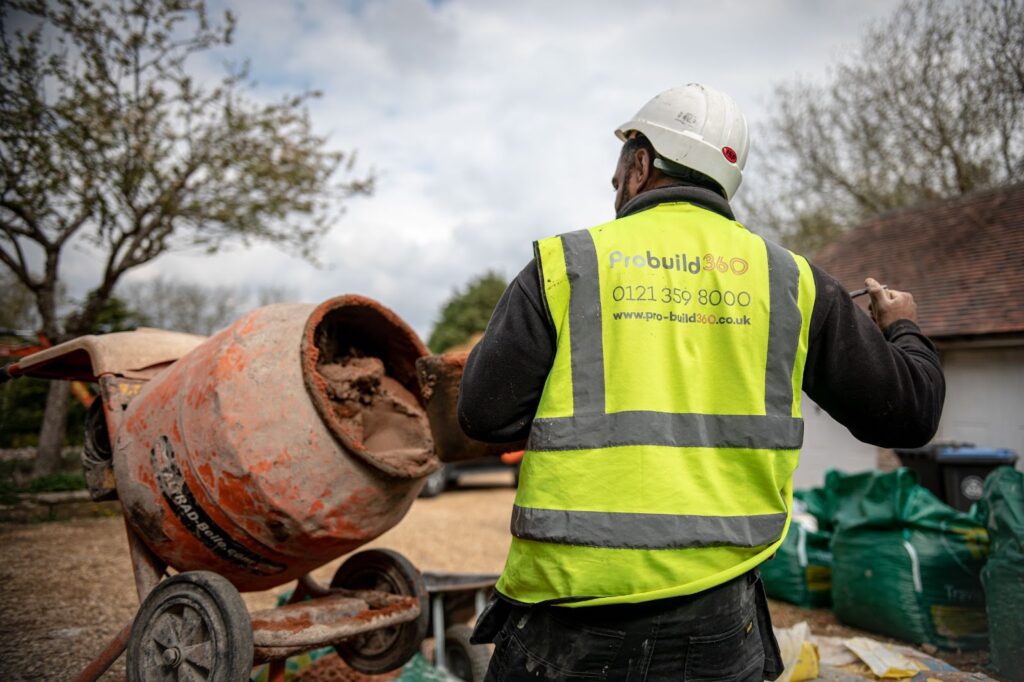

Systems Installation
Referred to in the trade as “M&E” (mechanical and electrical) packages, here we’re talking about power, light, audio/visual, and anything else that requires wiring, as well as plumbing, heating, ventilation, and anything else that requires piping or ducting. I can’t stress enough how important it is to not cut back on these things. They are so often overlooked or seen as the thing that can be compromised on, probably because they are mostly unseen because they are buried in the walls and floors. But this is exactly why they should be invested in properly. If you don’t fully rewire a home that needs it, or invest in a sufficient hot water and heating system, and the poor performance of these systems turns out to be a problem, you will have to take the house apart to rectify the issue.
Product Installation
As the conversation progresses, we delve into products and installation costs. These include the fitting of essential elements like kitchens and bathrooms. While these may seem like straightforward expenses, it’s essential to account for both the cost of the products themselves and their installation. After all, it’s not just about purchasing the physical cabinetry, worktops, appliances, sanitary ware and so on; it’s about ensuring they’re installed correctly so that they look good and function properly. Also under this category of costs would be wall & floor coverings (tiling, carpets, LVT etc.) and also joinery (internal doors, skirting, architraves, and any other panelling or mouldings that are required). A good designer should be able to give you an indicative cost or budget that would be appropriate based on the size and type of house it is and from the client brief. This budget should be added to your project costs, sometimes done as a provisional sum (see below)
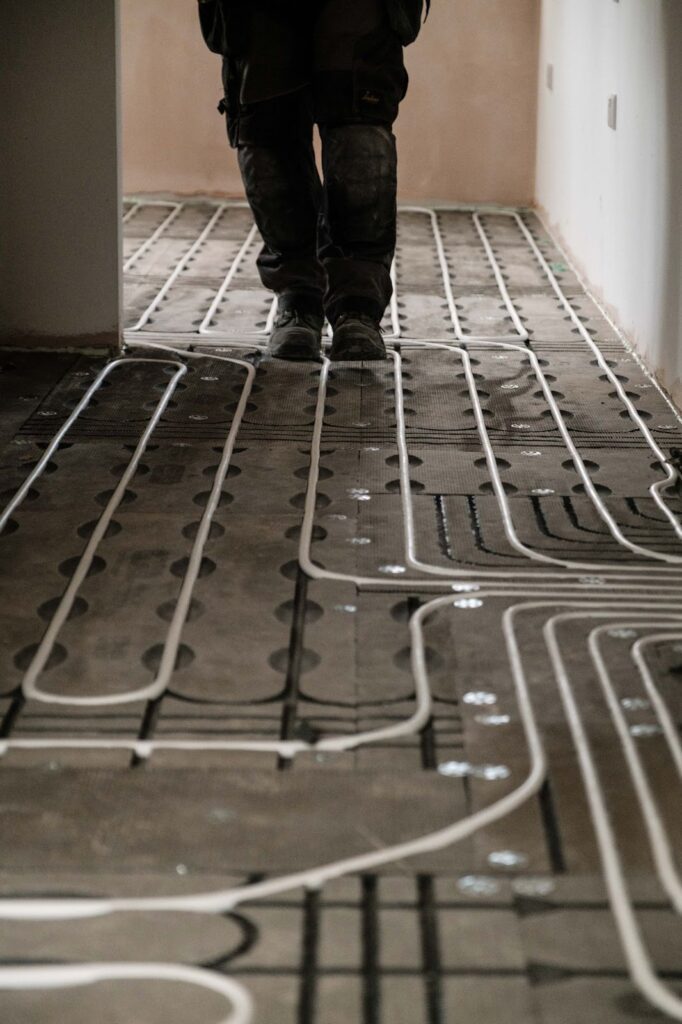

Additional Considerations
Beyond the direct costs of domestic construction projects, there’s a crucial point to consider – temporary accommodation may be necessary for at least a portion of the project. This isn’t necessarily the case with every project – but certainly a lot of them, particularly full renovations. You can phase a project to do one half of the property and then the other, but even then, the aforementioned systems element of the project often need to touch every part of the building which can’t be phased – plus phasing a project as I’ve described will massively impact the efficiency of the schedule, stretching the project out to much greater timescales as well as necessitating much higher costs. Hopefully this explains the often present need for alternative accommodation, and if you have family or friends locally you can stay with, great. But if not, 12 weeks in a hotel for a family, or a short term rental house or apartment are not insignificant costs – and technically should be considered in the project budget.
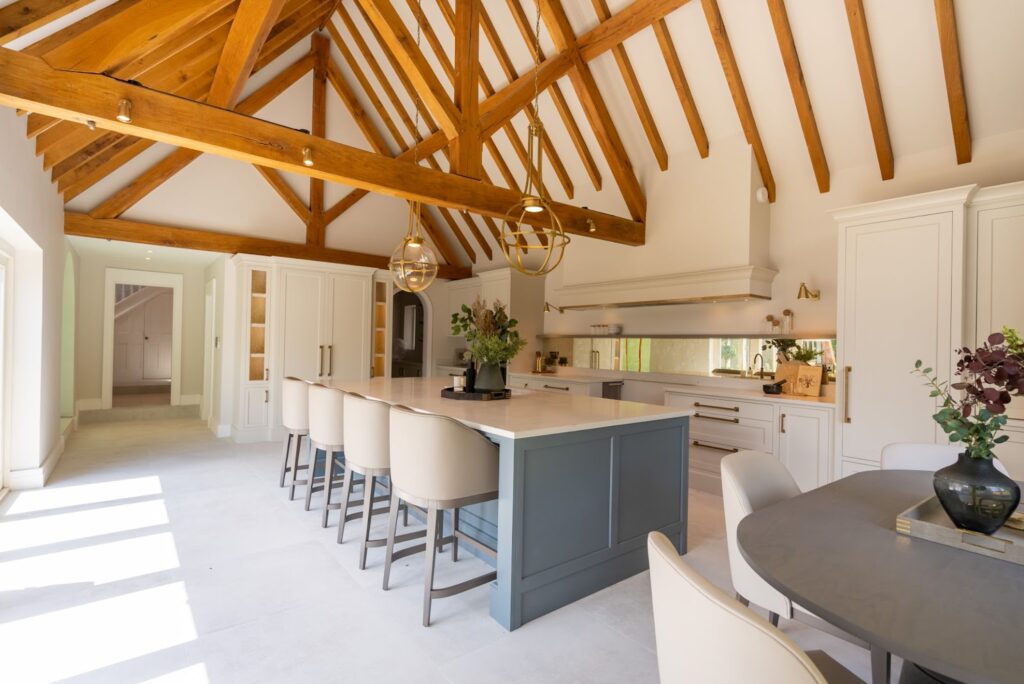

Budgeting and Guidance
To assist homeowners in navigating these complex financial waters, it’s important to highlight the importance of consultation regarding an HOLISTIC project cost plan. It’s akin to creating a roadmap for your renovation journey, ensuring you stay on course and within budget. Much like this article, the objective should be to allocate budgets to ALL the items outlined above to get a fully informed overview of the true project costs. Doing this well gives opportunity to compromise on one area and enhance the budget for another element thus balancing the project in a way that means the end result feels comprehensive and the quality of the various aspects of the home are evenly distributed, rather than parts of the house being show-stoppers and others feeling like an afterthought. Our next blog post will explain the mechanism of provisional sums – an important tool in pursuit of the goals outlined here.
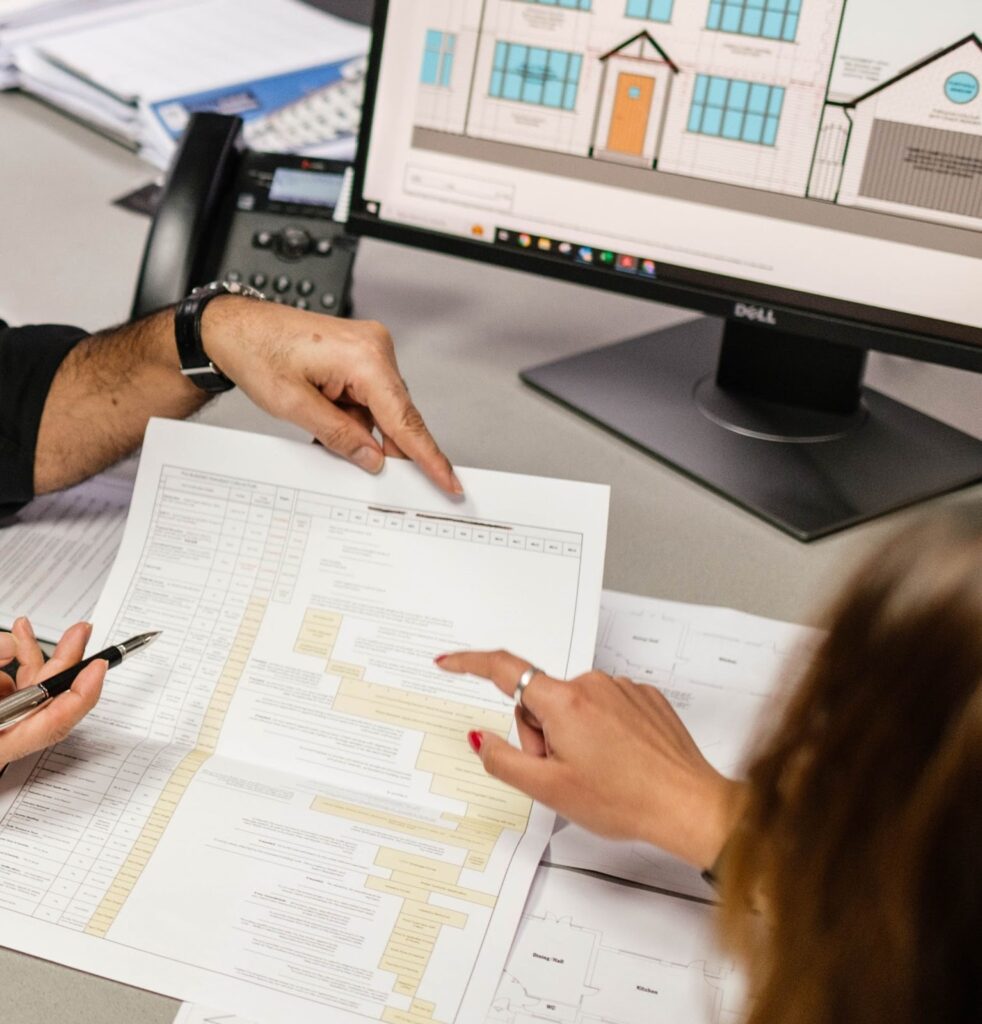

Final Thoughts
In essence, taking on a home renovation journey requires detailed planning and a clear understanding of the associated costs. By considering pre-construction, construction, product installation, temporary accommodation, and budgetary contingencies, homeowners can navigate the renovation process with confidence and financial prudence.
Understanding the full cost plan for the project is essential for proceeding efficiently and effectively. Armed with this comprehensive guide, homeowners can embark on their renovation endeavours well-equipped to handle any financial challenges that may arise.
If you want to talk to someone about how this could look for your project then, please get in touch with someone from our team.


